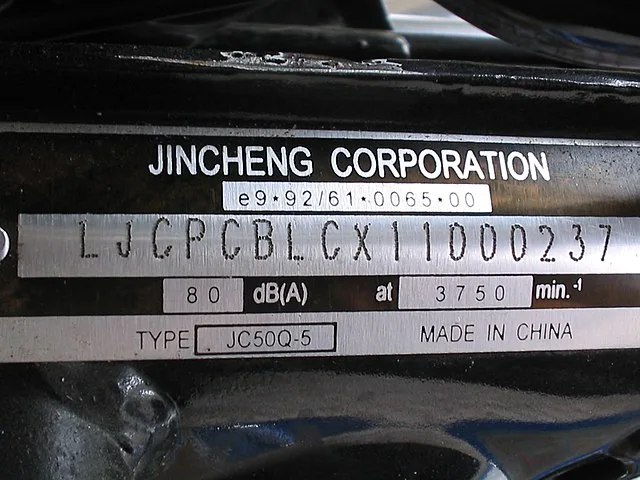Understanding the Vehicle Identification Number
A Vehicle Identification Number (VIN) decoder is an essential tool in the automotive industry, providing a wealth of information about vehicles through a simple code. This article will delve into the intricacies of VINs, explore the benefits and applications of a VIN decoder, and discuss how various stakeholders in the automotive sector utilize this tool. A VIN is a unique code assigned to every motor vehicle when it’s manufactured. This 17-character string serves as the vehicle’s fingerprint. No two vehicles in operation have the same VIN. It provides a detailed background of the vehicle, including the manufacturer, vehicle attributes, and its production history.
Structure of the VIN
The structure of the VIN is methodically organized by the International Organization for Standardization (ISO) in ISO 3779 and ISO 3780. The VIN consists of three major components:
- World Manufacturer Identifier (WMI): The first three characters of the VIN indicate the vehicle manufacturer and the place of production. For instance, “1HG” indicates a Honda manufactured in the USA.
- Vehicle Descriptor Section (VDS): Characters four through nine reveal the vehicle type, model, body style, engine type, and other manufacturer-specific information.
- Vehicle Identifier Section (VIS): The last eight characters of the VIN are used to identify the specific vehicle. This section typically includes a serial number and information on the production year and the plant where the vehicle was manufactured.
The Role of VIN Decoders
A VIN decoder is a tool that allows the input of a VIN and returns detailed information about the vehicle. This tool is crucial for various stakeholders, including consumers, manufacturers, and regulatory bodies.
How VIN Decoders Work
VIN decoders operate by breaking down each section of the VIN to match specific data fields. This decoding process provides detailed information about a vehicle’s specifications, such as its engine size, horsepower, fuel type, and safety equipment.
Benefits of Using a VIN Decoder
- Enhanced Transparency and Trust: For consumers, decoding a VIN can verify a vehicle’s condition and history, enhancing trust in transactions. This is particularly useful in the used car market.
- Regulatory Compliance: Manufacturers and importers use VIN decoders to ensure vehicles comply with local regulations before they are sold.
- Fraud Prevention: By verifying the VIN, buyers and sellers can prevent fraudulent activities such as vehicle cloning, where the VIN from one vehicle is illegally placed on another.
- Safety Recalls and Maintenance: Automakers and regulatory bodies use VINs to identify vehicles affected by recalls or to send maintenance reminders to vehicle owners.
Practical Applications of VIN Decoders
Automotive Industry
Dealerships and automotive manufacturers use VIN decoders to manage inventories, create detailed listings for retail, and ensure compliance with safety and emission standards.
Insurance Sector
Insurance companies rely on VIN decoders to ascertain the correct value of a vehicle, assess risk, and adjust policy premiums accordingly. Accurate vehicle data helps in processing claims more efficiently and in fraud detection.
Law Enforcement
Law enforcement agencies use VIN decoders in their efforts to recover stolen vehicles and tackle auto-related crimes. The unique VIN helps police verify a vehicle’s identity and track its history.
Technological Integration
With advancements in technology, VIN decoders are now integrated into various software systems, enhancing user experience and accessibility. Many automotive websites offer online VIN decoding services that provide immediate results. Mobile apps have also been developed to facilitate VIN scanning using smartphones.
Challenges and Limitations
While VIN decoders provide substantial benefits, they also face certain challenges. Accuracy depends on the database from which the VIN information is retrieved. Outdated or incomplete databases can lead to incorrect vehicle information. Moreover, decoders might not always reflect modifications made to a vehicle post-manufacture.
The Future of VIN Decoding
The future of VIN decoding is likely to be shaped by further integration of technology, such as blockchain and AI. These technologies could enhance the security and accuracy of VIN data, making it more reliable and accessible.
Conclusion
A VIN decoder is a pivotal tool in the automotive industry, bridging the gap between vehicle data and stakeholders. By providing critical information about a vehicle’s identity and history, VIN decoders not only enhance transparency and compliance but also contribute to safety and efficiency in the automotive ecosystem. As technology evolves, so too will the capabilities and applications of VIN decoders, ensuring they remain indispensable tools in the automotive landscape.



